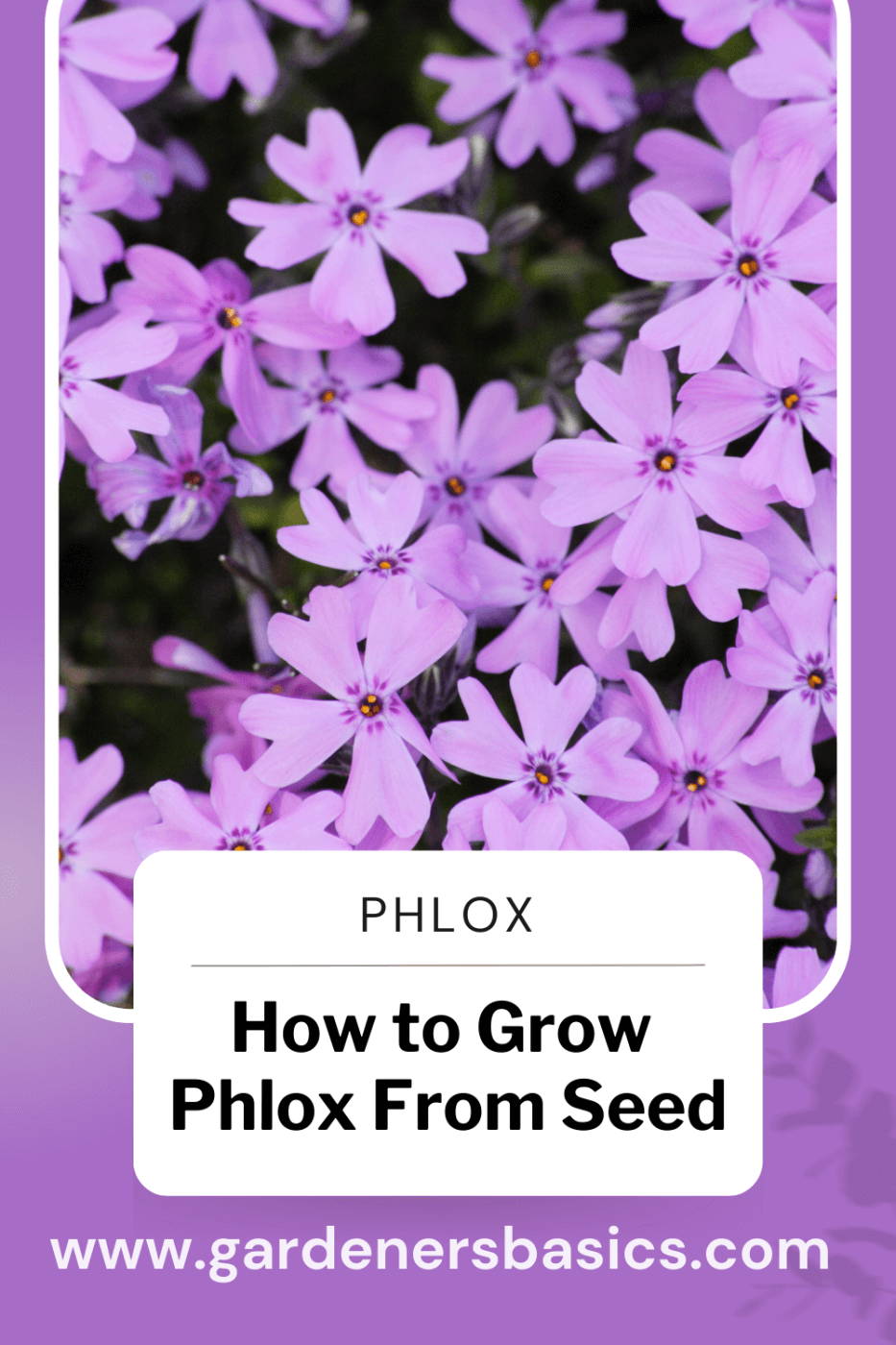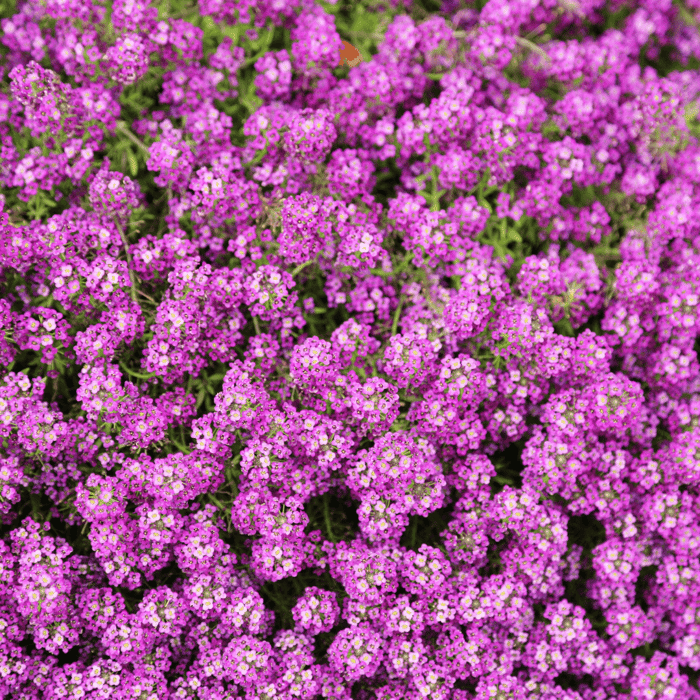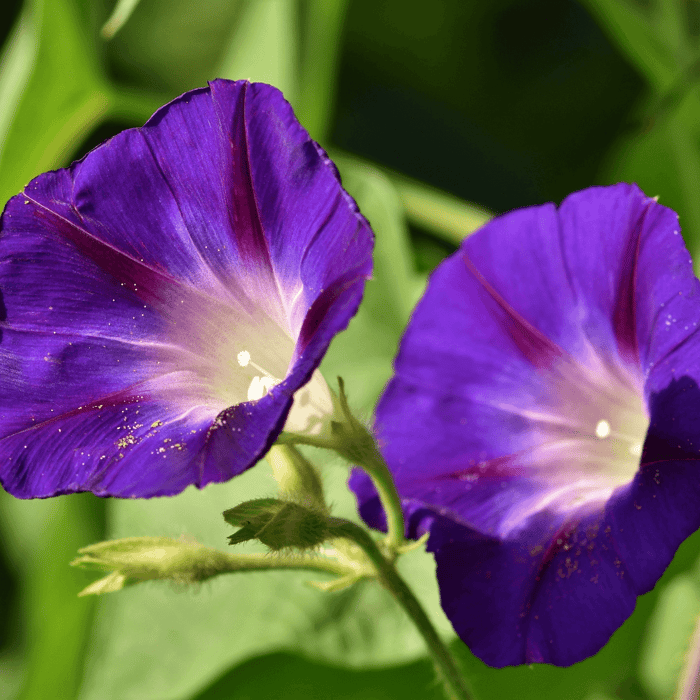Creeping phlox is a popular ground cover plant known for its vibrant colors and lush foliage. Many gardeners wonder can you plant creeping phlox from seed, and this comprehensive guide will answer that question in depth. From seed selection to planting, care, and maintenance, we will cover everything you need to know to successfully plant creeping phlox and create a beautiful flower garden.
Table of Contents
- Introduction to Creeping Phlox
- Characteristics of Creeping Phlox
- Selecting High-Quality Phlox Seeds
- Preparing the Soil for Planting
- Sowing and Germinating Phlox Seeds
- Caring for Your Creeping Phlox
- Propagation and Rooting Stems
- Common Pests and Diseases
Introduction to Creeping Phlox
Creeping phlox, also known as Phlox stolonifera, is a beautiful plant that adds a touch of magic to any garden. This perennial ground cover blooms in vibrant colors, creating a dazzling display that can quickly transform a dull landscape into a lively oasis. As creeping phlox spreads, it forms a dense mat of foliage, effectively suppressing weeds and preventing soil erosion. This versatile plant is an excellent choice for gardeners looking to add color and texture to rock gardens, slopes, or borders.
Characteristics of Creeping Phlox
Here is a bulleted list of the plant's characteristics:
- Native: North America
- Family: Polemoniaceae
- Genus: Phlox
- Common Name: Creeping phlox
- History of the Seed: Native to woodland areas and stream banks
- Days till Maturity: 50-70 days
- Planting Depth: 1/8 inch
- Plant Spacing: 15 to 18 inches apart
- Days to Germination: 10 to 21 days
- Indoors or Direct Sown: Both options work well
- Full Sun or Partial Shade: Full sun for best results
- When to Harvest: Early spring (flowers)
- Plant Height: 4 to 6 inches
- Plant Width: 12 to 24 inches
Mixed Phlox Seeds

$2.49
Annual Mixed Phlox Seeds – Vibrant Heirloom Blooms, Non-GMO & Open-Pollinated Transform your garden into a stunning floral display with our Annual Mixed Phlox seeds, featuring a vibrant blend of colors that attract pollinators like bees and butterflies. These seeds are… read more
Selecting High-Quality Phlox Seeds
The first step in growing creeping phlox is to select the right seeds. High-quality seeds are essential for a successful and thriving flower garden. When shopping for phlox seeds, look for open-pollinated varieties, as they are more likely to produce plants with a wide range of colors and traits. This genetic diversity adds visual interest to your garden and increases the plants' overall resilience, ensuring that your creeping phlox will thrive in various conditions.
Preparing the Soil for Planting
Before sowing your phlox seeds, preparing the soil to create the ideal growing environment is crucial. Creeping phlox prefers well-draining, slightly alkaline soil, as this allows for proper nutrient absorption and root growth. To achieve the perfect soil conditions, take the time to remove any weeds, rocks, or other debris from the planting area and break up any compacted soil. By amending the soil with organic matter and testing the pH, you can ensure that your creeping phlox will have the best possible start in life.
Sowing and Germinating Phlox Seeds
Sowing and germinating your phlox seeds is an exciting step in growing creeping phlox. Whether you start your seeds indoors or plant them directly in the garden, providing the right conditions for germination is essential. Proper seed depth, consistent moisture, and adequate warmth are crucial in encouraging your phlox seeds to sprout and grow. By closely monitoring the germination process and adjusting the conditions as needed, you can significantly increase the chances of success in growing creeping phlox from seed.
-
Indoor Seed Starting: If starting seeds indoors, begin 6-8 weeks before the last expected frost date. Plant seeds in seed trays or pots filled with seed starting mix. Keep the soil consistently moist and maintain a temperature of 65-70°F (18-21°C). Provide adequate light by placing the seedlings near a sunny window or under grow lights.
-
Direct Sowing: If sowing seeds directly in the garden, wait until the soil has warmed and all danger of frost has passed. Plant seeds 1/8 inch deep and 15 to 18 inches apart. Keep the soil moist and be patient, as phlox seeds can germinate for up to three weeks.
Caring for Your Creeping Phlox
Once your creeping phlox plants have become established in your garden, it's essential to provide ongoing care and maintenance to ensure their continued success. Regular watering, fertilization, pruning, and mulching will all contribute to the health and vitality of your plants.
-
Watering: Creeping phlox prefers consistent moisture but avoids overwatering, which can lead to root rot. Water deeply once a week or more often during hot, dry periods.
-
Fertilization: Follow the package instructions to apply a balanced, slow-release fertilizer in the spring. This will provide the necessary nutrients for healthy growth and abundant blooms.
-
Pruning: Prune back the plants by about one-third after flowering to encourage a more compact, bushy growth habit and promote better air circulation, reducing disease risk.
-
Mulching: Apply a layer of organic mulch around the base of the plants to help retain moisture, suppress weeds, and regulate soil temperature.
Wildflower, Perennial, & Annual Flower Seed Kit | 35 Variety Pack

$29.95
$49.95
35 Flower Seeds Variety Pack – Heirloom, Non-Hybrid, Non-GMO, Open-Pollinated – Perfect for Pollinator-Friendly Gardens Transform your garden with our 35 Flower Seeds Variety Pack, offering a stunning and diverse selection of heirloom, non-hybrid, and non-GMO seeds. Each variety in… read more
Propagation and Rooting Stems
Creeping phlox can be propagated through division or by rooting stem cuttings. Dig up the root ball in early spring or fall to propagate by division and gently separate the roots into smaller clumps. Replant the divided sections, ensuring they have enough space to spread.
Take a 4-6 inch long cutting from a healthy, non-flowering stem in early summer for stem cuttings. Remove the lower leaves and dip the cut end in a rooting hormone. Plant the cutting in a pot filled with moist, well-draining soil mix, and place it in a location with bright, indirect light. Keep the soil consistently moist, and roots should develop within 4-6 weeks.
Common Pests and Diseases
Despite their hardiness and adaptability, creeping phlox plants can still fall victim to certain pests and diseases. By watching for common issues such as powdery mildew, spider mites, and aphids, you can address problems early on and prevent them from spreading throughout your garden.
- Powdery Mildew: This fungal disease causes a white, powdery substance to appear on the leaves and stems of the plant. To prevent and control powdery mildew, ensure good air circulation, water at the base of the plant to avoid wetting the foliage, and remove any affected leaves. If the infection is severe, apply a fungicide according to the package instructions.
-
Spider Mites: These tiny pests can cause significant damage by sucking the sap from the leaves, leading to yellowing and eventual leaf drop. To control spider mites, spray the affected plants with a strong stream of water to knock the pests off, or use insecticidal soap or neem oil.
-
Aphids: Aphids are small, soft-bodied insects that feed on the sap of plants, causing stunted growth and curled, distorted leaves. You can control aphids by releasing beneficial insects like ladybugs, spraying the affected plants with a strong stream of water, or using insecticidal soap or neem oil.
By following this comprehensive guide, you will be well on your way to successfully planting, growing, and caring for creeping phlox from seed. This versatile and resilient plant will add color and texture to your garden, transforming it into a vibrant, eye-catching oasis. With time and effort, your creeping phlox will reward you with stunning blooms and lush foliage for years.
 Frequently Asked Questions (FAQ) - Can You Plant Creeping Phlox from Seed
Frequently Asked Questions (FAQ) - Can You Plant Creeping Phlox from Seed
1. Can creeping phlox grow in partial shade?
Although creeping phlox thrives in full sun, it can also tolerate partial shade. However, the plants may produce fewer flowers and have a less compact growth habit when grown in less sunlight.
2. How do I prevent weeds from growing in my creeping phlox?
A thick layer of organic mulch can help suppress weeds and keep them from competing with your creeping phlox. Additionally, as the creeping phlox spreads and forms a dense mat, it will naturally help prevent weed growth by blocking sunlight.
3. When is the best time to plant creeping phlox seeds?
If starting seeds indoors, begin 6-8 weeks before the last expected frost date. If sowing seeds directly in the garden, wait until the soil has warmed and all danger of frost has passed.
4. How do I protect my creeping phlox from cold weather?
Creeping phlox is a cold-hardy plant, but if you live in an area with particularly harsh winters, you can protect your plants by applying a layer of mulch around the base. This will help insulate the roots and keep them from freezing.
5. How long does it take for creeping phlox to spread?
Creeping phlox grows moderately and can take a few years to reach its full spread, depending on the growing conditions and care provided.
6. Can I grow creeping phlox in containers?
Yes, creeping phlox can be grown in containers, provided they have adequate drainage and are filled with a well-draining, slightly alkaline potting mix. Be sure to water the plants regularly and provide full sun for the best results.
Pastel Shades Mix Phlox Seeds

$2.49
Pastel Shades Mix Phlox Seeds - Heirloom, Non-GMO, Open-Pollinated Blooms for Sun or Shade Discover the enchanting beauty of our Pastel Shades Mix Phlox Seeds, perfect for creating a stunning display of soft, colorful blooms in your garden. This heirloom,… read more
7. How do I encourage more blooms in my creeping phlox?
To encourage more blooms, provide your creeping phlox with optimal growing conditions, including full sun, well-draining soil, and regular watering. Fertilize your plants with a balanced, slow-release fertilizer in the spring, and prune them back by about one-third after flowering to promote a bushier growth habit.
8. Is creeping phlox deer resistant?
Creeping phlox is considered deer-resistant, meaning deer are less likely to browse on the plants. However, it's essential to remember that no plant is entirely deer-proof, and hungry deer may still nibble on creeping phlox if other food sources are scarce.
9. Can I grow creeping phlox to cover larger areas?
Creeping phlox makes an excellent ground cover for larger areas, spreading quickly and forming a dense mat of foliage. Its vibrant flowers and low-maintenance nature makes it an attractive choice for covering slopes, borders, or large patches of bare soil.
10. How do I propagate creeping phlox?
Creeping phlox can be propagated through division or by rooting stem cuttings. Dig up the root ball in early spring or fall to propagate by division and gently separate the roots into smaller clumps. For stem cuttings, take a 4-6 inch cut from a healthy, non-flowering stem in early summer, remove the lower leaves, dip the cut end in rooting hormone, and plant in a moist pot, moist, well-draining soil mix.
Now that you know how to grow phlox from seed, will you add it to your rock garden or use it as ground cover? We have a lot of rock walls at our home and are currently working on adding creeping phlox to add color and stability to them. This versatile plant will enhance your garden's visual appeal and provide essential ground cover and weed suppression. With patience and proper care, your creeping phlox will reward you with stunning blooms and lush foliage for years.







